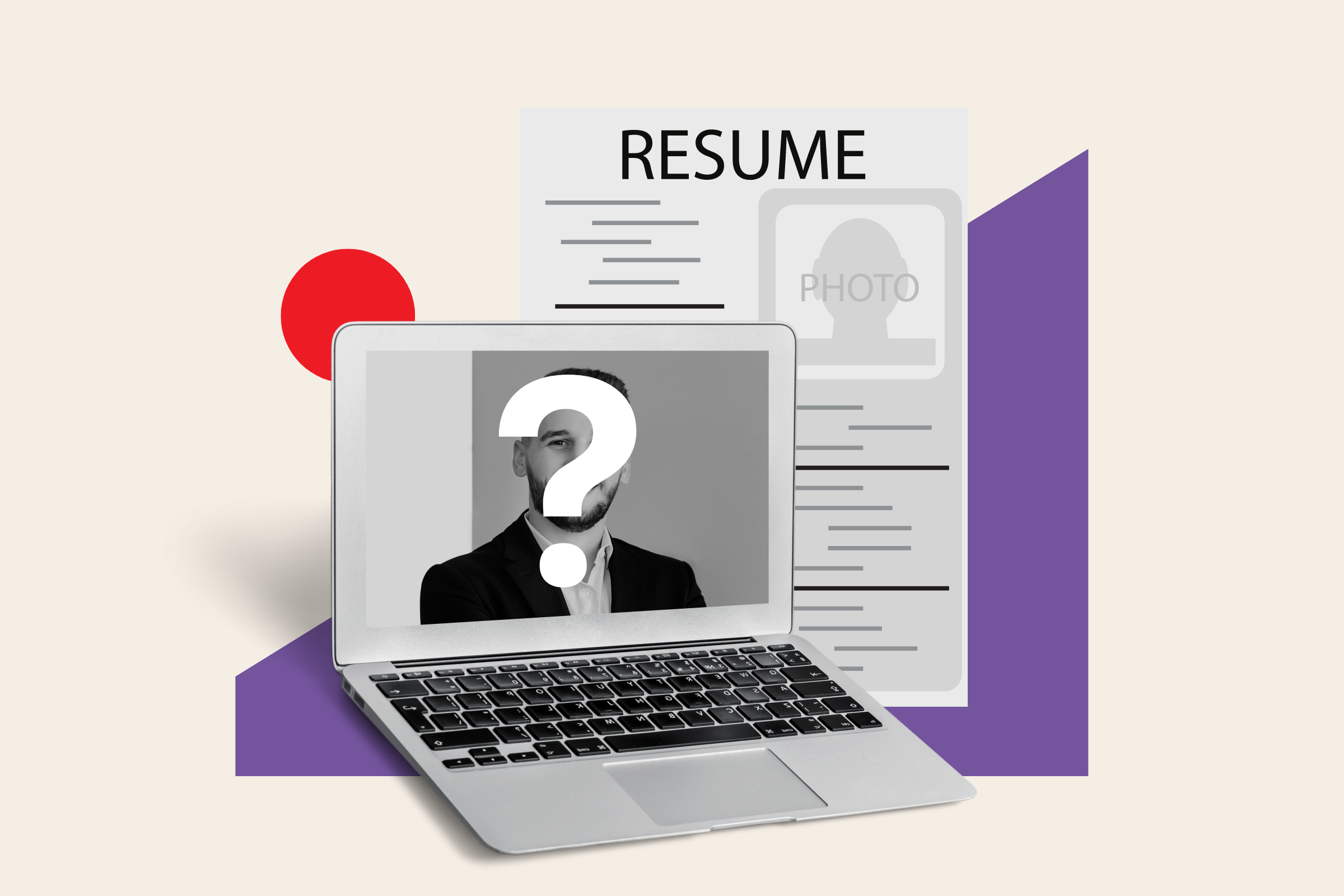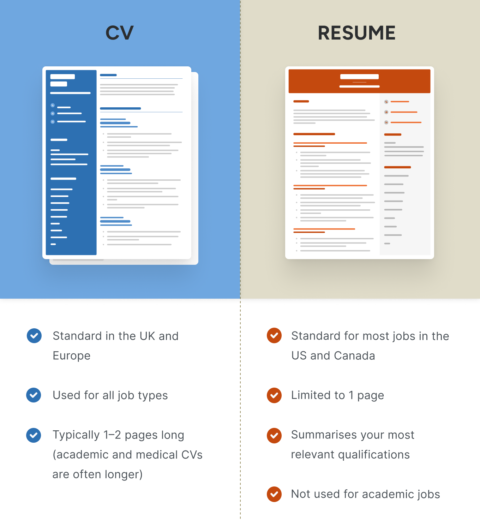In an age where digital footprints often overshadow resumes, the question of whether to include a photograph on your CV has emerged as a contentious topic. Initial impressions matter, especially in the competitive job market. Some advocate the inclusion of a professional photograph, asserting it personalizes your application. Others vehemently oppose, fearing biases that could stem from a mere snapshot. So, should you put your picture on your resume? This article seeks to explore the multifaceted implications of this choice, ultimately inviting readers to reevaluate their stance.
To begin with, the notion of including a photograph stems from the fundamental human instinct to connect visually. First impressions can create a lasting impression. A well-chosen image may convey professionalism and openness, enhancing your appeal to potential employers. Yet, it is prudent to tread carefully. In certain industries, a photograph can evoke a sense of unprofessionalism or even raise questions about one’s judgment. Thus, the context and cultural norms within each specific industry play a pivotal role in this decision.
When contemplating the inclusion of a photo, one must first assess the industry standards. In creative fields, such as fashion, entertainment, and media, a visually appealing resume can underscore an applicant’s creativity and personal branding. Here, a photograph is not merely an accessory but a vital component of self-presentation. Conversely, in more conservative fields, such as finance, law, or academia, the absence of a photograph may reflect a candidate’s understanding of industry expectations and professionalism.
Moreover, let us consider the potential for bias. Psychological studies have unequivocally demonstrated that first impressions can manifest biases based on appearances. Racial bias, gender bias, and age bias can subtly infiltrate the hiring process before a single word is read. With this in mind, including a photograph could inadvertently invite preconceptions that detract from the core competencies of a candidate. The implications of such biases raise a critical question: is it worth risking one’s chances by including a photo?
Biases extend beyond mere perceptions of an applicant. The legal ramifications surrounding discrimination in hiring processes are vast and complex. In some jurisdictions, using photographs in resumes is seen as opening the door to questionable hiring practices. Companies must tread carefully to ensure compliance with Equal Employment Opportunity laws. Employers striving to cultivate diverse and inclusive workplaces may also find it beneficial to avoid photographs. Such an approach reaffirms their commitment to evaluating candidates solely on the merit of their qualifications.
As the debate surrounding photographs on resumes rages on, an often-overlooked aspect is the technological evolution of the hiring process. With applicant tracking systems (ATS) becoming commonplace in recruitment, the necessity of traditional resumes is even being questioned. Many companies may not even consider the visual layout of a resume due to ATS filters which prioritize keywords over aesthetics. In this climate, including a photograph may seem superfluous or even counterproductive.
However, if you determine that including a photograph is necessary, certain guidelines can elevate its efficacy. Opt for a professional, high-quality image where you appear approachable yet polished. Ensure the background is neutral, allowing you to remain the focal point. The attire should reflect professionalism consistent with industry standards. Furthermore, positioning the photograph strategically on your resume can also play a role in its overall impact. A carefully placed photo can enhance the visual appeal and draw the reader’s eye to your accomplishments.
Equally important is the consideration of alternatives to photographs. Instead of relying solely on a visual element, your resume can engage readers through compelling language and persuasive content. Employ captivating verbs and specific achievements to depict your skills and experiences vividly. A well-crafted resume should convey your value proposition with clarity, ensuring that your qualifications resonate strongly without the need for supplementary visuals.
Additionally, digital portfolios and LinkedIn profiles provide opportunities to showcase your personality and professionalism without the constraints of traditional resumes. These platforms allow for the amalgamation of images, project work, and professional accomplishments, thereby creating a holistic view of your capabilities. As such, candidates may find more value in directing potential employers to their online presence, rather than relying on a photograph on a printed document.
As the conversation culminates, the decision to include a photograph on your resume is laden with complexity. The balance between making a memorable impression and maintaining a sense of professionalism is delicate. Evaluating the expectations of your industry, recognizing potential biases, and considering technological influences can illuminate the path forward.
In conclusion, whether to include a photograph on your resume is a decision that merits careful reflection. It involves weighing personal branding against the risk of bias and scrutinizing industry standards. While a photograph can enhance certain aspects of your application, it is essential to ask: does it truly add value, or could it detract from your message? By addressing these queries, you can adopt a forward-thinking approach, positioning yourself to captivate potential employers through your expertise and qualifications, rather than letting a single image define your candidacy.




